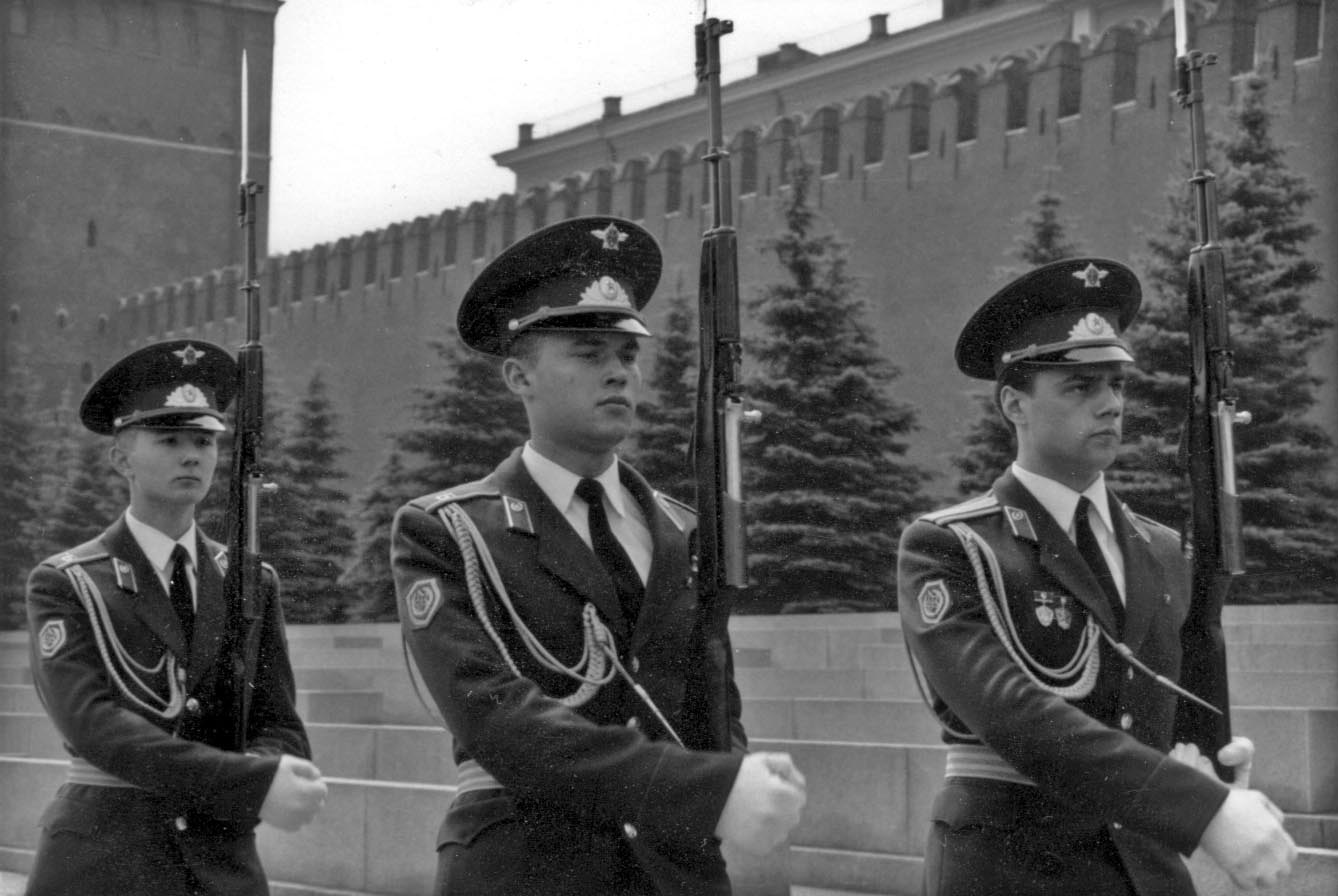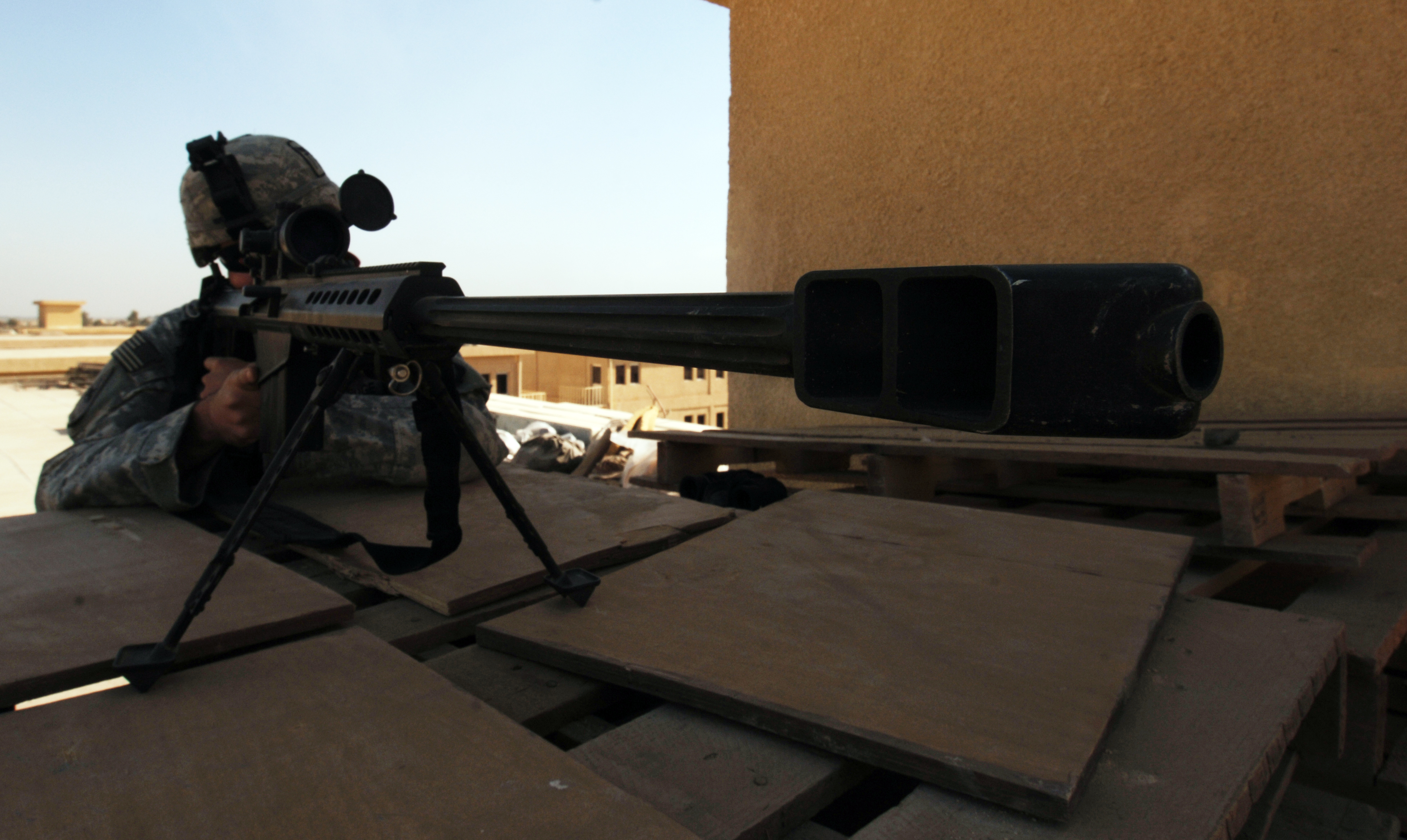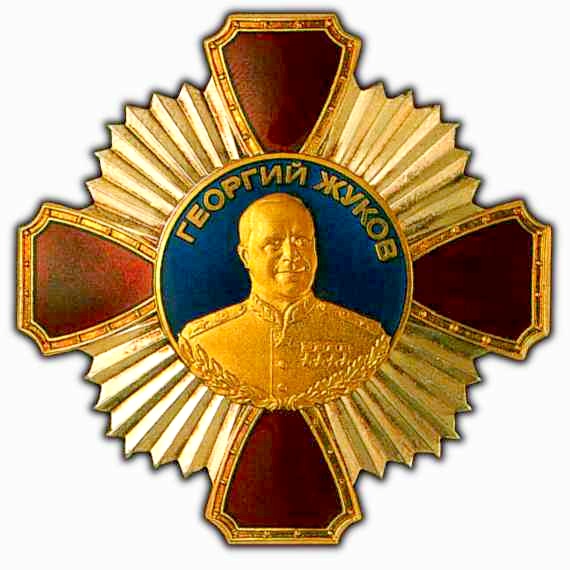|
Kremlin Regiment
The Kremlin Regiment (), also called the Presidential Regiment (), is a unique military regiment and part of the Russian Federal Protective Service (Russia), Federal Protective Service with the status of a special unit. The regiment ensures the security of the Moscow Kremlin, Kremlin, its treasures, and state officials. In accordance with the federal law of December 8, 1997 "On Immortalizing the Soviet People’s Victory in the Great Patriotic War of 1941–1945", the regiment also maintains a honor guard, guard of honor () at the eternal flame of the Tomb of the Unknown Soldier (Moscow), Tomb of the Unknown Soldier known as Post No. 1 . The regiment is housed in the historic Kremlin Arsenal. History When the leaders of the Soviet Union moved from Petrograd to the Moscow Kremlin in early 1918, their protection was entrusted to the Red Latvian Riflemen, under the command of the Commandant of the Kremlin Garrison. In September 1918, the Latvian Riflemen left for the fronts of the ... [...More Info...] [...Related Items...] OR: [Wikipedia] [Google] [Baidu] |
Federal Protective Service (Russia)
The Federal Guard Service of the Russian Federation ( rus, Федеральная служба охраны Российской Федерации, p=fʲɪdʲɪˈralʲnəjə ˈsluʐbə ɐˈxranɨ rɐˈsʲijskəj fʲɪdʲɪˈratsɨɪ (Federal'naya sluzhba okhrany Rossiyskoy Federatsii)), also known as the FGS of Russia ( rus, ФСО России, p=ɛf ɛs ˌo rɐˈsʲiɪ), is a federal government agency concerned with the tasks related to the protection of several high-ranking state officials, mandated by the relevant law, including the President of Russia, as well as certain federal properties. It traces its origin to the USSR's Ninth Chief Directorate of the KGB and later Presidential Security Service (SBP) led by KGB general Alexander Korzhakov. On May 27, 1996, the law "On State Protection" reorganized the GUO (Glavnoye Upravlenie Okhrani) into the FSO (Federal Protection Service). Under article 7 of the law, "the President of the Russian Federation, while in office, shall ... [...More Info...] [...Related Items...] OR: [Wikipedia] [Google] [Baidu] |
Petrograd
Saint Petersburg, formerly known as Petrograd and later Leningrad, is the second-largest city in Russia after Moscow. It is situated on the River Neva, at the head of the Gulf of Finland on the Baltic Sea. The city had a population of 5,601,911 residents as of 2021, with more than 6.4 million people living in the metropolitan area. Saint Petersburg is the fourth-most populous city in Europe, the most populous city on the Baltic Sea, and the world's northernmost city of more than 1 million residents. As the former capital of the Russian Empire, and a historically strategic port, it is governed as a federal city. The city was founded by Tsar Peter the Great on 27 May 1703 on the site of a captured Swedish fortress, and was named after the apostle Saint Peter. In Russia, Saint Petersburg is historically and culturally associated with the birth of the Russian Empire and Russia's entry into modern history as a European great power. It served as a capital of the Tsardom o ... [...More Info...] [...Related Items...] OR: [Wikipedia] [Google] [Baidu] |
Alexander Garden
Alexander Gardens () was one of the first urban public parks in Moscow, Russia. The park comprises three separate gardens, which stretch along all the length of the western Kremlin wall for between the building of the Moscow Manege and the Kremlin. History Until the 18th century, the Neglinnaya River flowed on the site of Alexandrovsky Gardens, over which four bridges were built. Historically, folk festivals were held on the river banks, its water was clean and famous for fishing. After the end of the Napoleonic Wars, Emperor Alexander I decided to take the river underground and enclose it in a pipe three kilometres long. Gardens were laid out in the vacated place, designed by the architect Osip Bove as part of a plan to restore Moscow after the fire of 1812. The gardens were built from 1819 to 1823 and were originally called the Kremlin Gardens. After the coronation of Alexander II in 1856, the gardens were renamed the Alexander Gardens. Layout Upper Garden Towards t ... [...More Info...] [...Related Items...] OR: [Wikipedia] [Google] [Baidu] |
Red Square
Red Square ( rus, Красная площадь, Krasnaya ploshchad', p=ˈkrasnəjə ˈploɕːɪtʲ) is one of the oldest and largest town square, squares in Moscow, Russia. It is located in Moscow's historic centre, along the eastern walls of the Moscow Kremlin, Kremlin. It is the city's most prominent landmark, with famous buildings such as Saint Basil's Cathedral, Lenin's Mausoleum and the GUM (department store), GUM department store. It has been a UNESCO World Heritage Site since 1990. Red Square has been the scene of executions, demonstrations, riots, parades, and speeches. Almost 73,000 square metres (800,000 square feet), it lies directly east of the Kremlin and north of the Moskva River. A moat that separated the square from the Kremlin was paved over in 1812. Location Red Square has an almost rectangular shape and is 70 meters wide and 330 meters long. It extends lengthways from northwest to southeast along part of the wall of the Kremlin that forms its boundary on ... [...More Info...] [...Related Items...] OR: [Wikipedia] [Google] [Baidu] |
Moscow Victory Parade Of 1945
The 1945 Moscow Victory Parade (), also known as the Parade of Victors (), was a victory parade held by the Soviet Armed Forces (with the Color Guard Company representing the First Polish Army) after the defeat of Nazi Germany. This, the longest and largest military parade ever held on Red Square in the Soviet capital Moscow, involved 40,000 Red Army soldiers and 1,850 military vehicles and other military hardware. The parade lasted just over two hours on a rainy June 24, 1945, over a month after May 9, the day of Germany's surrender to Soviet commanders. Stalin's order for the observance of the parade The parade itself was ordered by Joseph Stalin on June 22, 1945, by virtue of Order 370 of the Office of the Supreme Commander in Chief, Armed Forces of the USSR. This order is as follows: This was preceded by another letter by General of the Army Aleksei Antonov, Chief of the General Staff of the Soviet Armed Forces to all the participant fronts in attendance on the 24th of th ... [...More Info...] [...Related Items...] OR: [Wikipedia] [Google] [Baidu] |
Volkhov Front
The Volkhov Front () was a major formation of the Red Army during the first period of the Second World War. It was formed as an expediency of an early attempt to halt the advance of the Wehrmacht Army Group North in its offensive thrust towards Leningrad. Initially the front operated to the south of Leningrad, with its flank on Lake Ladoga. First formation The Volkhov Front was formed on 17 December 1941 from the left wing of the Leningrad Front and elements of the Reserve of the Supreme High Command ('' Stavka'' Reserve) during the conduct of the Tikhvin Offensive operation under the command of the Army General Kirill Meretskov, with General Grigory Stelmakh (former commander of the 4th Army) as Chief of Staff and Army Commissar of 1st rank A.I.Zaporozhets.Meretskov, On the service of the nation, Ch.6 Initially Sokolov's 26th Army (later 2nd Shock Army) and Galanin's 59th Armies were allocated to the Front's formation. The Front also included Meretskov's 4th Army and ... [...More Info...] [...Related Items...] OR: [Wikipedia] [Google] [Baidu] |
Soviet Western Front
The Western Front was a front of the Red Army, one of the Red Army Fronts during World War II. The Western Front was created on 22 June 1941 from the Western Special Military District (which before July 1940 was known as Belorussian Special Military District). The first Front Commander was Dmitry Pavlov (continuing from his position as District Commander since June 1940). The western boundary of the Front in June 1941 was long, from the southern border of Lithuania to the Pripyat River and the town of Włodawa. It connected with the adjacent North-Western Front, which extended from the Lithuanian border to the Baltic Sea, and the Southwestern Front in Ukraine. Operational history Front dispositions 22 June 1941 The 1939 partition of Poland according to the Molotov–Ribbentrop Pact established a new western border with no permanent defense installations, and the army deployment within the Front created weak flanks. At the outbreak of war with Germany, the Western Spec ... [...More Info...] [...Related Items...] OR: [Wikipedia] [Google] [Baidu] |
Sniper
A sniper is a military or paramilitary marksman who engages targets from positions of concealment or at distances exceeding the target's detection capabilities. Snipers generally have specialized training and are equipped with telescopic sights. Modern snipers use high-precision rifles and high-magnification optics. They often also serve as scouts/ observers feeding tactical information back to their units or command headquarters. In addition to long-range and high-grade marksmanship, military snipers are trained in a variety of special operation techniques: detection, stalking, target range estimation methods, camouflage, tracking, bushcraft, field craft, infiltration, special reconnaissance and observation, surveillance and target acquisition. Snipers need to have complete control of their bodies and senses in order to be effective. They also need to have the skill set to use data from their scope and monitors to adjust their aim to hit targets that are extremely f ... [...More Info...] [...Related Items...] OR: [Wikipedia] [Google] [Baidu] |
Eastern Front (World War II)
The Eastern Front, also known as the Great Patriotic War (term), Great Patriotic War in the Soviet Union and its successor states, and the German–Soviet War in modern Germany and Ukraine, was a Theater (warfare), theatre of World War II fought between the European Axis powers and Allies of World War II, Allies, including the Soviet Union (USSR) and Polish Armed Forces in the East, Poland. It encompassed Central Europe, Eastern Europe, Northern Europe, Northeast Europe (Baltic states, Baltics), and Southeast Europe (Balkans), and lasted from 22 June 1941 to 9 May 1945. Of the estimated World War II casualties, 70–85 million deaths attributed to World War II, around 30 million occurred on the Eastern Front, including 9 million children. The Eastern Front was decisive in determining the outcome in the European theatre of World War II, European theatre of operations in World War II, eventually serving as the main reason for the defeat of Nazi Germany and the Axis ... [...More Info...] [...Related Items...] OR: [Wikipedia] [Google] [Baidu] |
People's Commissariat Of Internal Affairs
The People's Commissariat for Internal Affairs (, ), abbreviated as NKVD (; ), was the interior ministry and secret police of the Soviet Union from 1934 to 1946. The agency was formed to succeed the Joint State Political Directorate (OGPU) secret police organization, and thus had a monopoly on intelligence and state security functions. The NKVD is known for carrying out political repression and the Great Purge under Joseph Stalin, as well as counterintelligence and other operations on the Eastern Front of World War II. The head of the NKVD was Genrikh Yagoda from 1934 to 1936, Nikolai Yezhov from 1936 to 1938, Lavrentiy Beria from 1938 to 1946, and Sergei Kruglov in 1946. First established in 1917 as the NKVD of the Russian SFSR, the ministry was tasked with regular police work and overseeing the country's prisons and labor camps. It was disbanded in 1930, and its functions dispersed among other agencies before being reinstated as a commissariat of the Soviet Union in 1934. D ... [...More Info...] [...Related Items...] OR: [Wikipedia] [Google] [Baidu] |
Moscow Higher Military Command School
The Moscow Higher Combined Arms Command School ''" Supreme Soviet of the RSFSR"'' (; abbreviated to MVOKU) is a higher military educational institution of the Russian Armed Forces. Alumni of the school have served with the Soviet Army and the Russian Ground Forces in many local and international deployments. The school's cadets are also known affectionately as the Kremlin Cadets or the Kremlovskie kursanty (). History Early decades The school was formed in December 15, 1917 (O.S., December 28 N.S.), by order of Vladimir Lenin as the ''1st Moscow revolutionary machine gun officers school''. It later became the ''1st Moscow Machine Gunners' Officers Course'' and "WPRA 1st Soviet Higher Military School '' All-Russian Central Executive Committee''". In January 1919 after a year of operations, the Red Army took over the school administration. The headquarters and campus were then at the Moscow Kremlin. During that period, in 1922 Vladimir Lenin was awarded as the young institution' ... [...More Info...] [...Related Items...] OR: [Wikipedia] [Google] [Baidu] |







